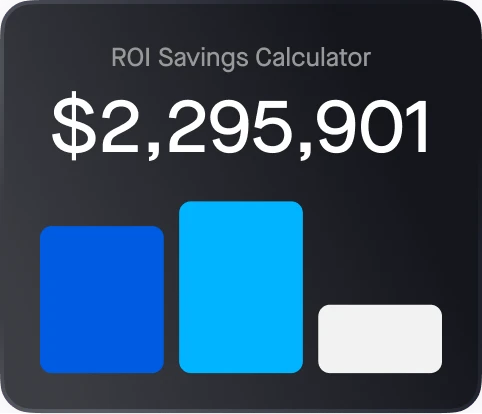While it gets used a lot, the term “AI” applies to a wide range of technologies – not just one. Across the board, AI-powered tech is reshaping the way fleets operate. Whether it’s automating tasks, detecting risks in real time, or generating business insights at scale, AI is driving results for physical operations. But not all AI is created equal. To understand where it fits into your business, it helps to know which type of AI you’re dealing with.
Here’s a deeper look at the core types of AI powering today’s most advanced fleet technologies — and how they can help your business.
Artificial Intelligence (AI)
At its highest level, artificial intelligence refers to the simulation of human intelligence in machines. This broad category includes everything from machine learning and deep learning to computer vision and natural language processing.
But today’s AI is evolving beyond basic pattern recognition. AI is getting smarter fast, able to complete more complex tasks. The next big breakthrough will be AI’s ability to think through problems step by step rather than just recognize patterns or answer simple questions. Advanced models like OpenAI’s o1 and Gemini 2.0 Flash Thinking Mode are already starting to operate as thought partners, not just information retrievers. That leap changes everything about how teams interact with AI — moving from simple queries and dashboards to collaborative decision-making.
Large Language Models (LLMs)
These are the brains behind natural-sounding AI tools like ChatGPT. Trained on massive data sets, LLMs can understand, interpret, and generate human-like text across a wide range of topics and styles.
In fleet operations, LLMs are already automating tedious workflows. They help automate workflows, analyze data, and improve driver and customer interaction. Multi-task models like these are trained on diverse datasets that span a wide range of domains, styles, and tasks.
Computer Vision
Computer vision is one of the most impactful types of AI for physical operations. It processes and understands visual data from cameras and sensors in real time — and the applications in fleet safety are already well established.
AI dash cams equipped with computer vision can detect unsafe driving behaviors like tailgating, distracted driving, or rolling stops. On job sites, computer vision identifies hazards, monitors workflows, and tracks assets. It’s a powerful tool for reducing safety incidents, increasing efficiency, and providing indisputable visual evidence when it matters most.
Generative AI
Unlike traditional AI that classifies or identifies data, generative AI creates entirely new content based on what it’s learned — from text to images to videos. Think of it as AI with a creative engine.
In fleet environments, Gen AI can customize reports, analyze performance trends, and even build new AI models tailored to safety and efficiency goals. Development of generative AI is a fast-moving space, with vast potential for automating tasks and surfacing insights that would otherwise go unnoticed.
Physical AI
This is where AI meets the real world. Physical AI is embedded in machines, vehicles, sensors, and cameras to understand and interact with the environment around it.
Physical AI powers autonomous vehicles, robotics, predictive maintenance systems, and more. It helps fleets operate safely and efficiently by enabling real-time decision-making and responsive automation. Whether it’s a sensor detecting an engine issue before it becomes critical, or a robot automating warehouse tasks, AI isn’t just thinking anymore, it’s doing.
AI Agents (Agentic AI)
AI agents are autonomous intelligent systems that manage tasks, learn from interactions, and make real-time decisions independently, without constant human supervision.
Think of AI agents as intelligent coworkers. In fleet management, they can proactively analyze data, detect fraud, or coach drivers — all on their own. As these agents get more advanced, they’ll take over more time-consuming, repetitive work, freeing up teams to focus on high-impact decisions.
Why this matters for fleets right now
Each type of AI brings something different to the table — and fleets are already putting them to work. From safety and automation to cost control and fraud detection, real-world use cases are growing every day.
The physical economy is adopting AI faster than the digital economy. Why? Because in fleet operations, AI’s impact is clear, immediate, and measurable. AI-powered tools aren’t experimental anymore — they create a clear-cut advantage.
Act now
The AI landscape is moving fast — fleets investing early are already seeing the returns. Whether you’re optimizing routes, preventing fraud, or protecting drivers, AI creates a competitive edge.
Now is the time to get familiar with AI-powered tools, evaluate your tech stack, and build the foundation for a smarter, safer, more efficient fleet.
Want to see how leading fleets are putting AI to work?




